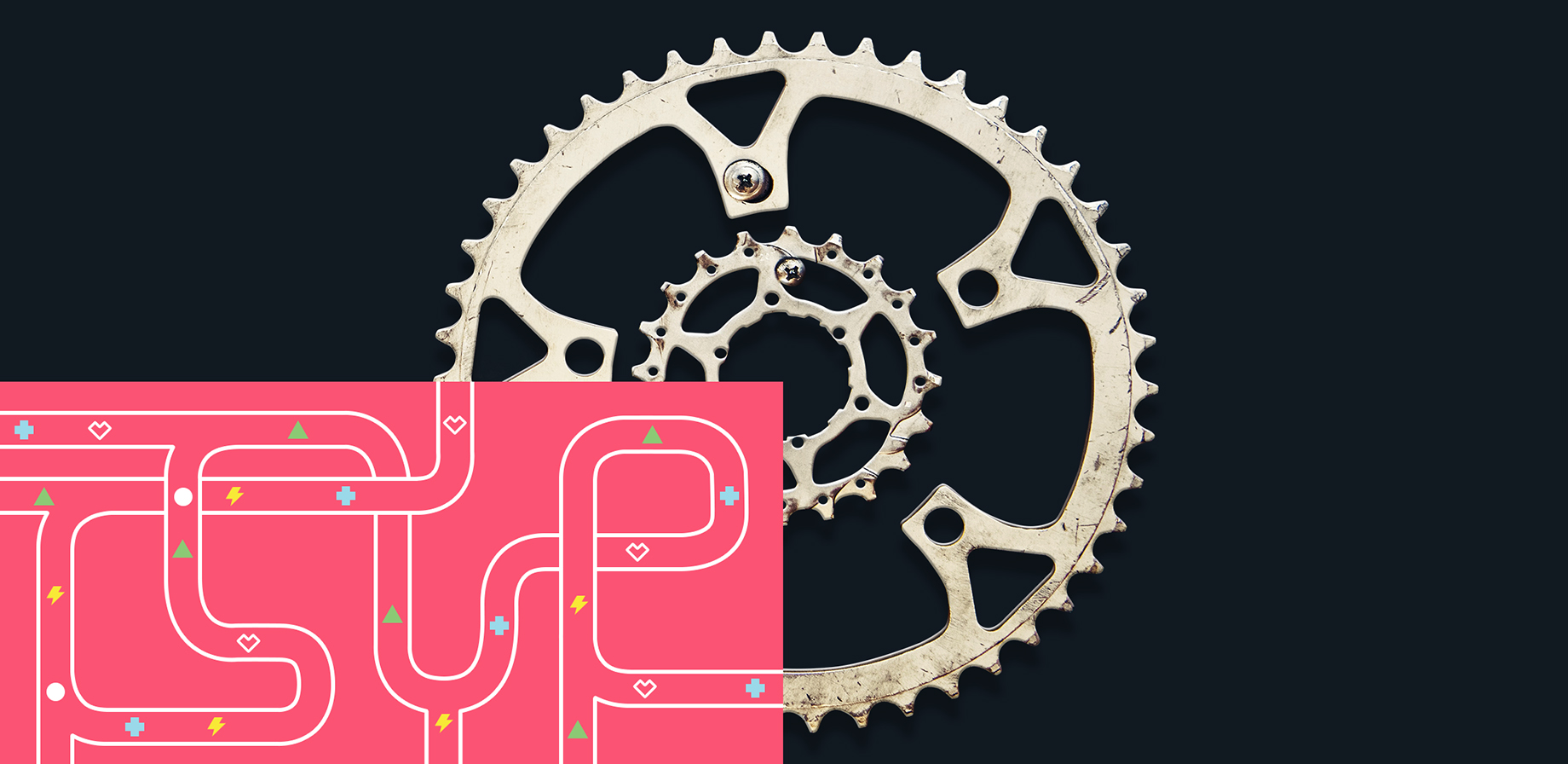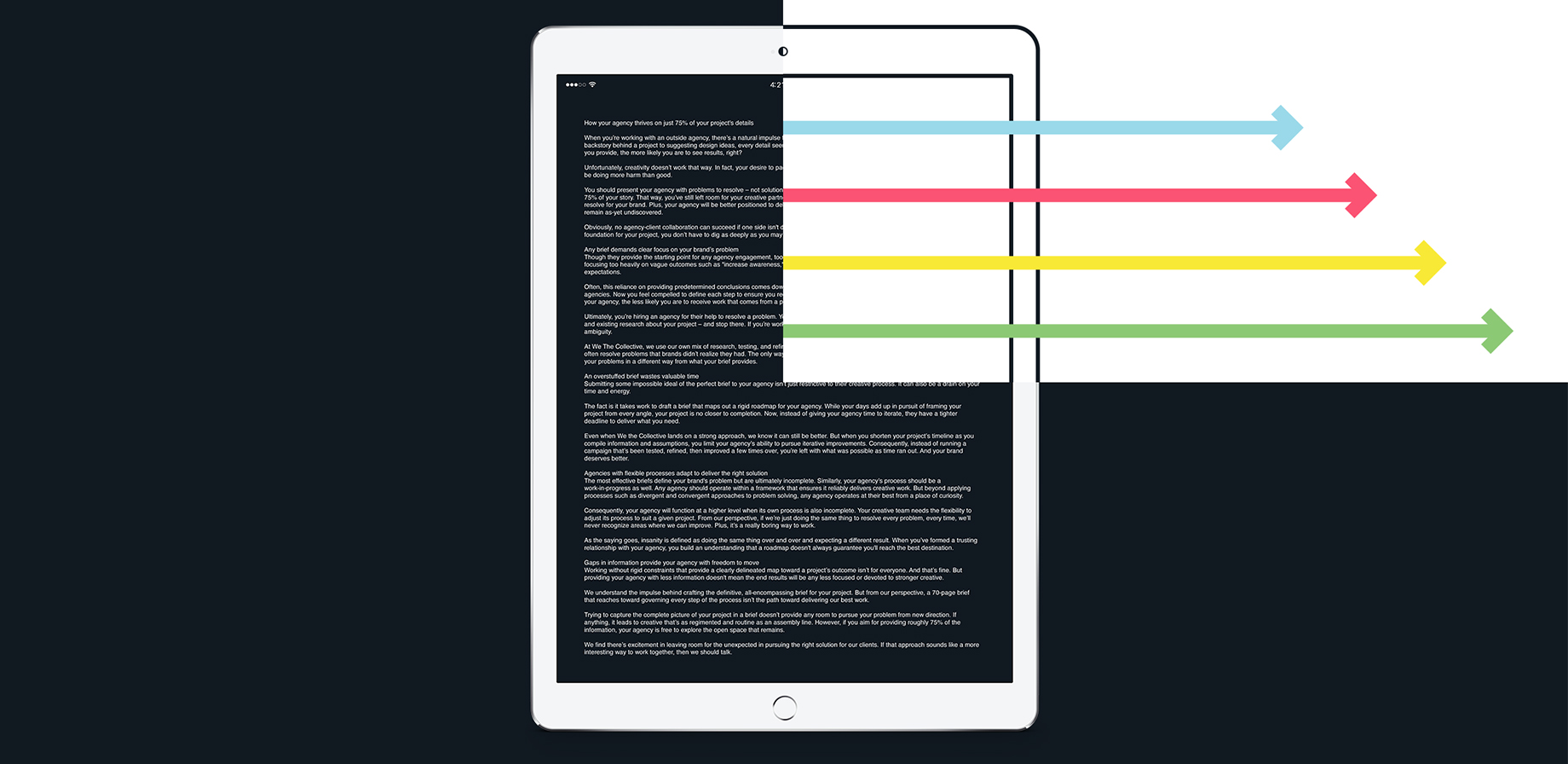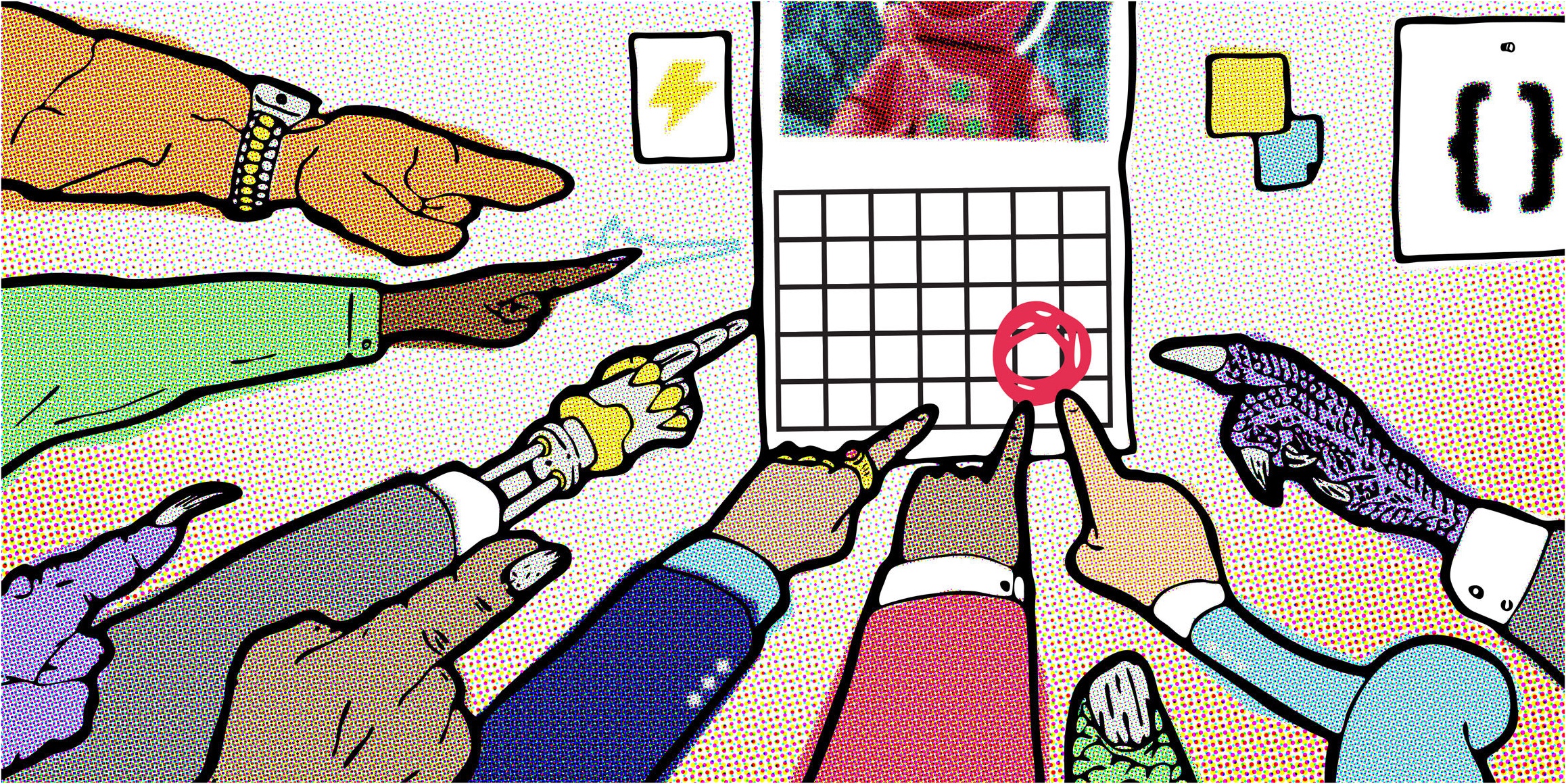When you’re working with an outside agency, there’s a natural impulse to err on the side of information overload. From unearthing the backstory behind a project to suggesting design ideas, every detail seems useful for your agency. It’s a lot of work, but the more information you provide, the more likely you are to see results, right?
Unfortunately, creativity doesn’t work that way. In fact, your desire to pack your brief with all the information you think your agency needs may be doing more harm than good.
You should present your agency with problems to resolve – not solutions. The right agency for you will function at its best after hearing just 75% of your story. That way, you’ve still left room for your creative partner to explore and fill in the blanks around the issues they need to resolve for your brand. Plus, your agency will be better positioned to deliver a solution you hadn't previously considered when some details remain as-yet undiscovered.
Obviously, no agency-client collaboration can succeed if one side isn't doing their part or is withholding information. But to establish a firm foundation for your project, you don’t have to dig as deeply as you may think.

Any brief demands clear focus on your brand’s problem
Though they provide the starting point for any agency engagement, too many brands take the wrong approach with their briefs. Along with focusing too heavily on vague outcomes such as “increase awareness,” your brief shouldn’t offer agencies solutions that will satisfy your expectations.
Often, this reliance on providing predetermined conclusions comes down to control. Maybe your brand has had a bad experience with outside agencies. Now you feel compelled to define each step to ensure you receive the work you need. But the more you dictate creative terms to your agency, the less likely you are to receive work that comes from a place of real discovery.
Ultimately, you’re hiring an agency for their help to resolve a problem. Your brief predominantly needs to gather all the appropriate background and existing research about your project – and stop there. If you’re working with the right creative partner, your agency will thrive in that ambiguity.
At We The Collective, we use our own mix of research, testing, and refinements to find creative solutions for our clients. Consequently, we often resolve problems that brands didn’t realize they had. The only way to find those solutions is to allow your agency the latitude to consider your problems in a different way from what your brief provides.

An overstuffed brief wastes valuable time
Submitting some impossible ideal of the perfect brief to your agency isn’t just restrictive to their creative process. It can also be a drain on your time and energy.
The fact is it takes work to draft a brief that maps out a rigid roadmap for your agency. While your days add up in pursuit of framing your project from every angle, your project is no closer to completion. Now, instead of giving your agency time to iterate, they have a tighter deadline to deliver what you need.
Even when We the Collective lands on a strong approach, we know it can still be better. But when you shorten your project’s timeline as you compile information and assumptions, you limit your agency’s ability to pursue iterative improvements. Consequently, instead of running a campaign that’s been tested, refined, then improved a few times over, you’re left with what was possible as time ran out. And your brand deserves better.

Agencies with flexible processes adapt to deliver the right solution
The most effective briefs define your brand's problem but are ultimately incomplete. Similarly, your agency’s process should be a work-in-progress as well. Any agency should operate within a framework that ensures it reliably delivers creative work. But beyond applying processes such as divergent and convergent approaches to problem solving, any agency operates at their best from a place of curiosity.
Consequently, your agency will function at a higher level when its own process is also incomplete. Your creative team needs the flexibility to adjust its process to suit a given project. From our perspective, if we’re just doing the same thing to resolve every problem, every time, we’ll never recognize areas where we can improve. Plus, it’s a really boring way to work.
As the saying goes, insanity is defined as doing the same thing over and over and expecting a different result. When you’ve formed a trusting relationship with your agency, you build an understanding that a roadmap doesn't always guarantee you'll reach the best destination.

Gaps in information provide your agency with freedom to move
Working without rigid constraints that provide a clearly delineated map toward a project’s outcome isn’t for everyone. And that’s fine. But providing your agency with less information doesn't mean the end results will be any less focused or devoted to stronger creative.
We understand the impulse behind crafting the definitive, all-encompassing brief for your project. But from our perspective, a 70-page brief that reaches toward governing every step of the process isn’t the path toward delivering our best work.
Trying to capture the complete picture of your project in a brief doesn’t provide any room to pursue your problem from new direction. If anything, it leads to creative that’s as regimented and routine as an assembly line. However, if you aim for providing roughly 75% of the information, your agency is free to explore the open space that remains.
We find there’s excitement in leaving room for the unexpected in pursuing the right solution for our clients. If that approach sounds like a more interesting way to work together, then we should talk.


